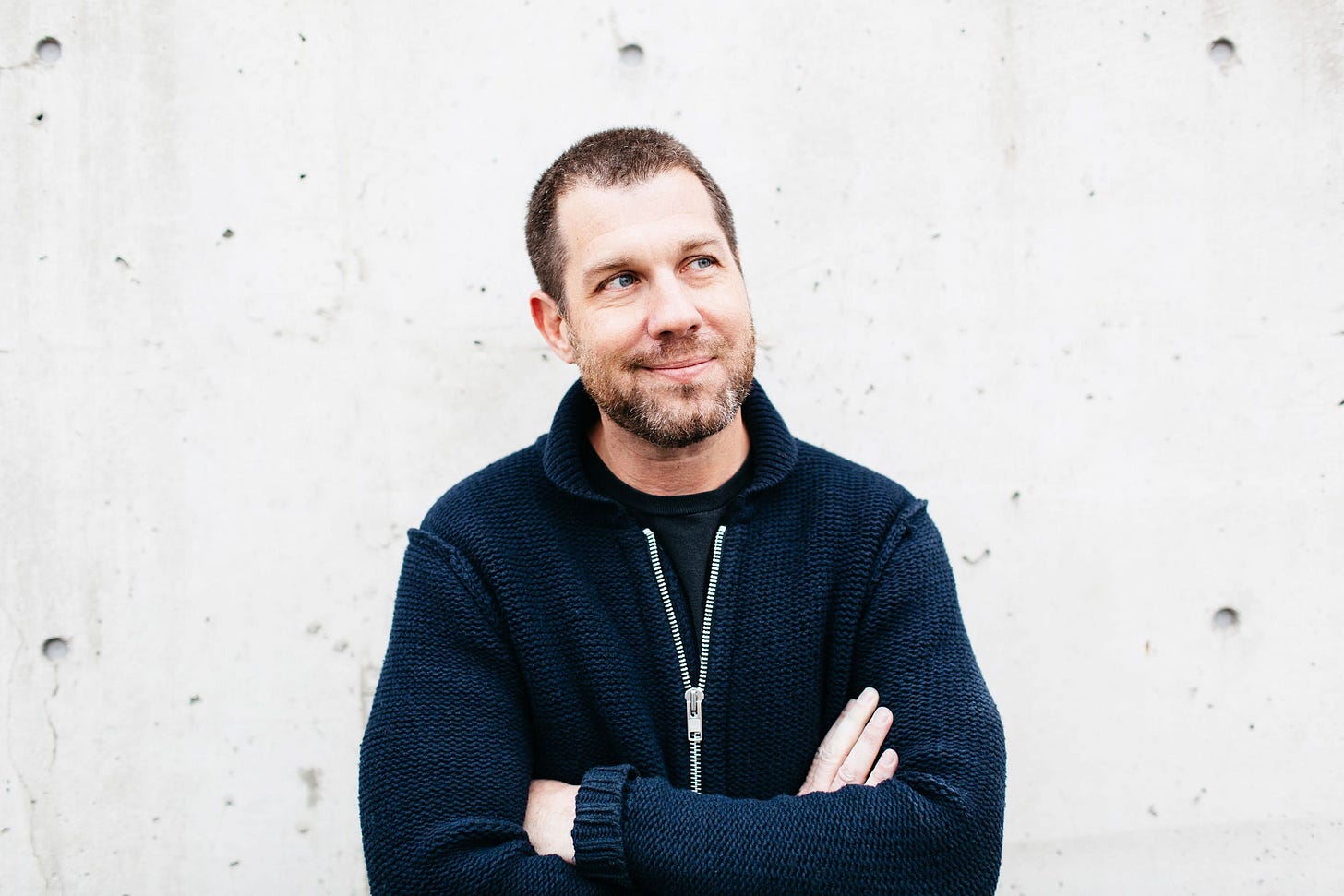Ex-Meta VP's Top Lessons from 25 Years Leading Product Design | Jon Lax (Meta)
Delight comes last, north stars aren't that useful, AI’s impact on design jobs, and other hot takes from a 25-year design veteran
Dear subscribers,
Today, I want to share a new episode with Jon Lax, ex-VP of Design at Meta.
Jon is a 25-year design veteran who was most recently VP of Design for Meta’s Reality Labs (e.g., Ray Ban glasses AR, Quest VR). Before Meta, he ran a successful design firm. Jon has many 🌶️ takes on building products that I’m excited to dig into.
Watch now on YouTube, Apple, and Spotify.
This episode is brought to you by Amplitude - Get the north star playbook for a step by step guide on how to define your north star metric.
Jon and I talked about:
(00:00) Why delight comes last
(01:56) Why Jon stopped doing north stars
(11:13) Stop solving 3 miracle problems
(23:38) MVP vs. minimum lovable product is the wrong framing
(25:37) The single trait that the best teams share
(31:19) The one question to bring clarity to promotions
(36:22) How to climb the ambiguity and autonomy curve
(40:01) Is AI the end of peak design jobs?
Read on for the interview takeaways.
Why vision decks and north stars aren’t that useful
Welcome, John! Let's start with one of your hot takes. What’s your opinion of North Stars and Vision Decks?
Designers love North Stars and vision decks because it’s creatively fulfilling to imagine the future without any dependencies or constraints.
However, they’re just not very effective. People will briefly admire your North Star and then move on instead of taking action. So, I’ve become disillusioned with them as a tool for guiding engineers, PMs, or leadership. I think there are two problems:
Time scale: These visions often depict products 3-5 years in the future and usually require tech that doesn’t even exist.
Company culture: In many pragmatic cultures, these visions are often ignored because they don’t align with the company’s current reality.
I stopped supporting North Stars because they weren’t producing tangible results.
Instead, I suggest that design teams focus on solving current, tangible problems. While less glamorous, this approach proved far more effective in driving real progress.
What’s the right time scale to think about solving problems? If you only focus on the next quarter, you might design yourself into a corner.
Great question. Almost all conflicts or problems on design teams come down to the time scale the team operates on. I think along different scales:
1-2 weeks: This is your typical sprint. Designers should be able to tell you exactly what they're working on here accurately; otherwise, it’s a red flag.
2-4 weeks: This is one sprint ahead. Work done here won't get shipped for about 2-4 weeks from when it's being worked on.
1-6 months: This aligns with half-year planning. Work here is more ambiguous and needs more discovery and refinement.
6-12 months: I love Chris Cox's framing: "What will people be able to do in 12 months that they can't do today?"
1-2 years: This is typically org leadership territory, thinking about where we need to be in the future.
Designers should spend most of their time on the 2-4 week scale.
This allows Design to be ahead of Eng, but not so far out that they can't react to new information or insight. It's enough time to do some research or exploration but bounded so that it doesn't become too abstracted from reality.
If a team concentrates solely on the 1-2 week range, they risk working behind the backlog, essentially treating design as a service. Conversely, if designers always think on a 2-5-year scale, they often have difficulty getting others to find their work valuable.
So healthy design teams should primarily work in the 2-4 week time scale, occasionally drifting into 1-6 months for specific activities. Once or twice a year, I believe teams should pause and do concentrated work on the 12-18 month time scale. This allows them to "look up" and plot a point on the horizon, ensuring they're heading in the right direction.
As a manager, you must know when to push a team out on the time scale and when to rein them in. It's about balancing being too myopic (burning out trying to serve the backlog) and too unbound (drifting without connection to immediate needs).
I love that. If you’re looking out a year from now, some of that will probably still ship to customers. But if you’re looking at 3-5 years from now, who knows what the world will look like then?
Exactly. Sometimes, a bit of executive theater is necessary to get people excited. But it’s important to recognize it for what it is.
Delight comes last
Ok, now let’s get controversial. You’ve said that “delight comes last,” which might sound crazy to many designers. Can you explain more?



